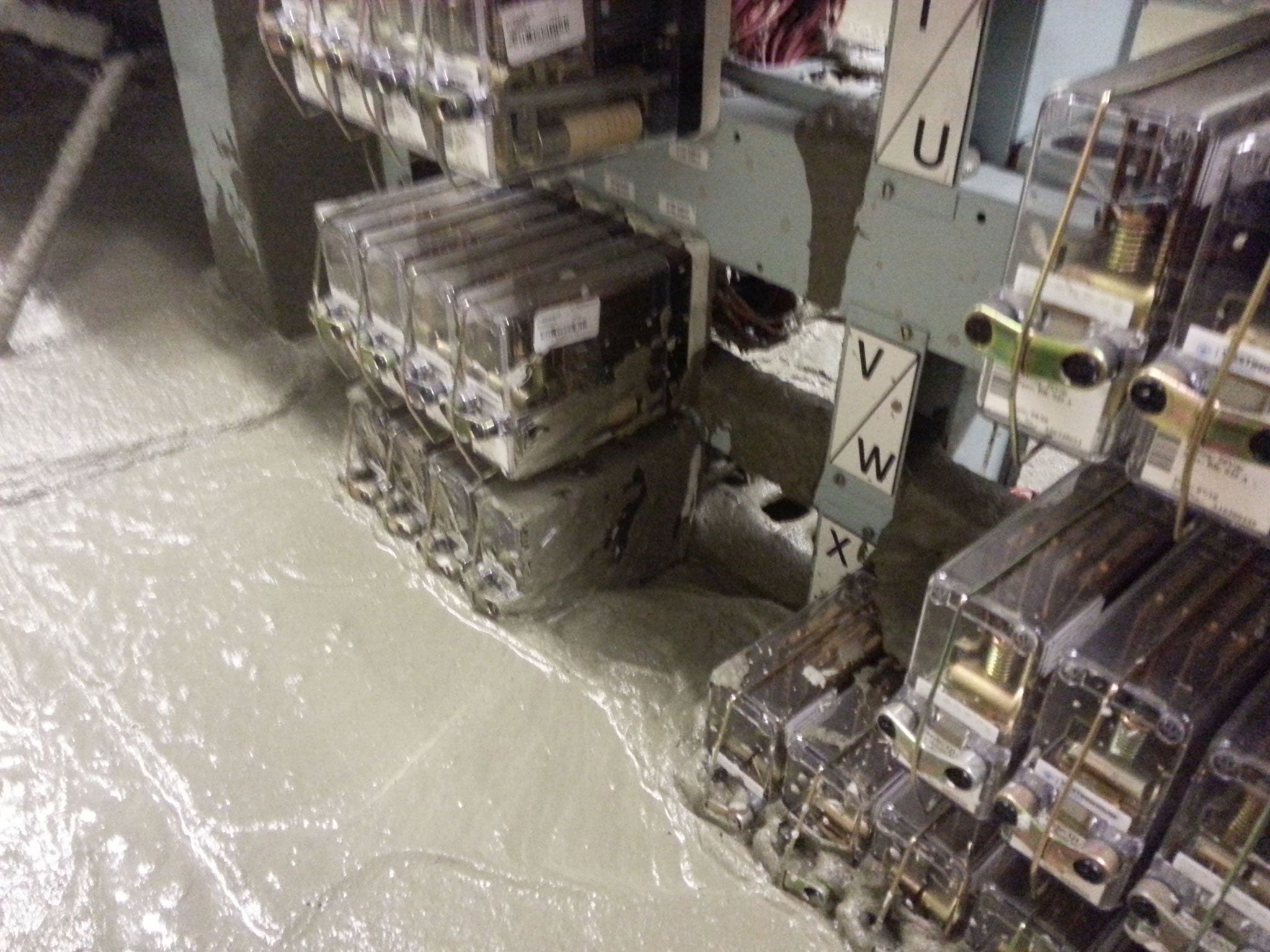Victoria line: Leaves on the track? London Underground goes one better with quick-drying cement in the signals

Your support helps us to tell the story
From reproductive rights to climate change to Big Tech, The Independent is on the ground when the story is developing. Whether it's investigating the financials of Elon Musk's pro-Trump PAC or producing our latest documentary, 'The A Word', which shines a light on the American women fighting for reproductive rights, we know how important it is to parse out the facts from the messaging.
At such a critical moment in US history, we need reporters on the ground. Your donation allows us to keep sending journalists to speak to both sides of the story.
The Independent is trusted by Americans across the entire political spectrum. And unlike many other quality news outlets, we choose not to lock Americans out of our reporting and analysis with paywalls. We believe quality journalism should be available to everyone, paid for by those who can afford it.
Your support makes all the difference.Forget leaves on the line, London Underground has a far better excuse for disruptions – quick-drying cement in the signals.
But yesterday afternoon they were a little bit coy about the reasons for the closure of half the Victoria Line, with the tannoy telling passengers that services had been suspended because of “flooding”.
However, after photographs emerged on the website Us vs Th3m of the signal control room at Victoria Station with a liberal coating of concrete, they came clean: workers building the new station at Victoria had had a bit of an accident.
And it was not just a little concrete: it was up to about a foot deep, according to union officials.
Nigel Holness, London Underground’s operations director, explained: “Our contractors were working on the new station in an area next to the Victoria line signal control room.
“These works involved the use of water and cement which leaked into the room, damaging equipment. This has meant there are no signals working on the southern section of the line.”
This meant the line from Brixton to Warren Street was closed from about 2pm, leaving tens of thousands of people to find another way home. Four hours later, engineers were still in a race against time to fix the problem before the concrete set completely.
The section of the line was closed for the remainder of the day, with the remainder suffering severe delays. The Victoria line reopened for service this morning.
Peter McNaught, operations director for the Bakerloo, Central and Victoria lines, said: "Our engineers have worked tirelessly through the night and have successfully repaired the damaged signalling equipment. A good service is now operating across the Victoria line.
"We again apologise to our customers who were affected by yesterday's disruption."
Asked if the public excuse of “flooding” had been used to spare the blushes of those involved, a spokesman said: “As regards whether it is embarrassing or not, our statement is all we’re going to go on for the moment.”
A spokesman for the RMT union said Underground technicians were “working flat out to clear up the mess”.
“We understand that a foot of concrete burst into the control room having been poured into an escalator void,” he said, adding that the incident proved “once again that it’s directly employed public sector staff who are needed to deal with this kind of emergency making a nonsense of Boris Johnson's tube staff-cuts plans”.
Tony Harvey, a director of material consultants NCC, which advises the construction industry, said concrete – made of cement, sand and an aggregate – would usually be relatively easy to break up in the first few hours.
But he yesterday warned: “Once it goes overnight and it gets really hard, then it could take a long time – I would imagine they have some kind of plan.”
Mr Harvey said there was no quick fix and a painstaking clean-up would be required. “It’s a question of breaking it out by mechanical means – it’s mechanical breakers, pick-axe type of instruments you need. You cannot dissolve it,” he said.
Mr Harvey said the concrete itself would not damage the cables in the signal control room, but he wondered whether it might be quicker to bypass the room and get the signals working again, rather than waiting for it to be cleared of concrete.
He had some sympathy with the workers involved.
“It does happen,” Mr Harvey said. “Some of them [types of concrete] are highly fluid and it can run and you lose it very quickly.”
Join our commenting forum
Join thought-provoking conversations, follow other Independent readers and see their replies
Comments